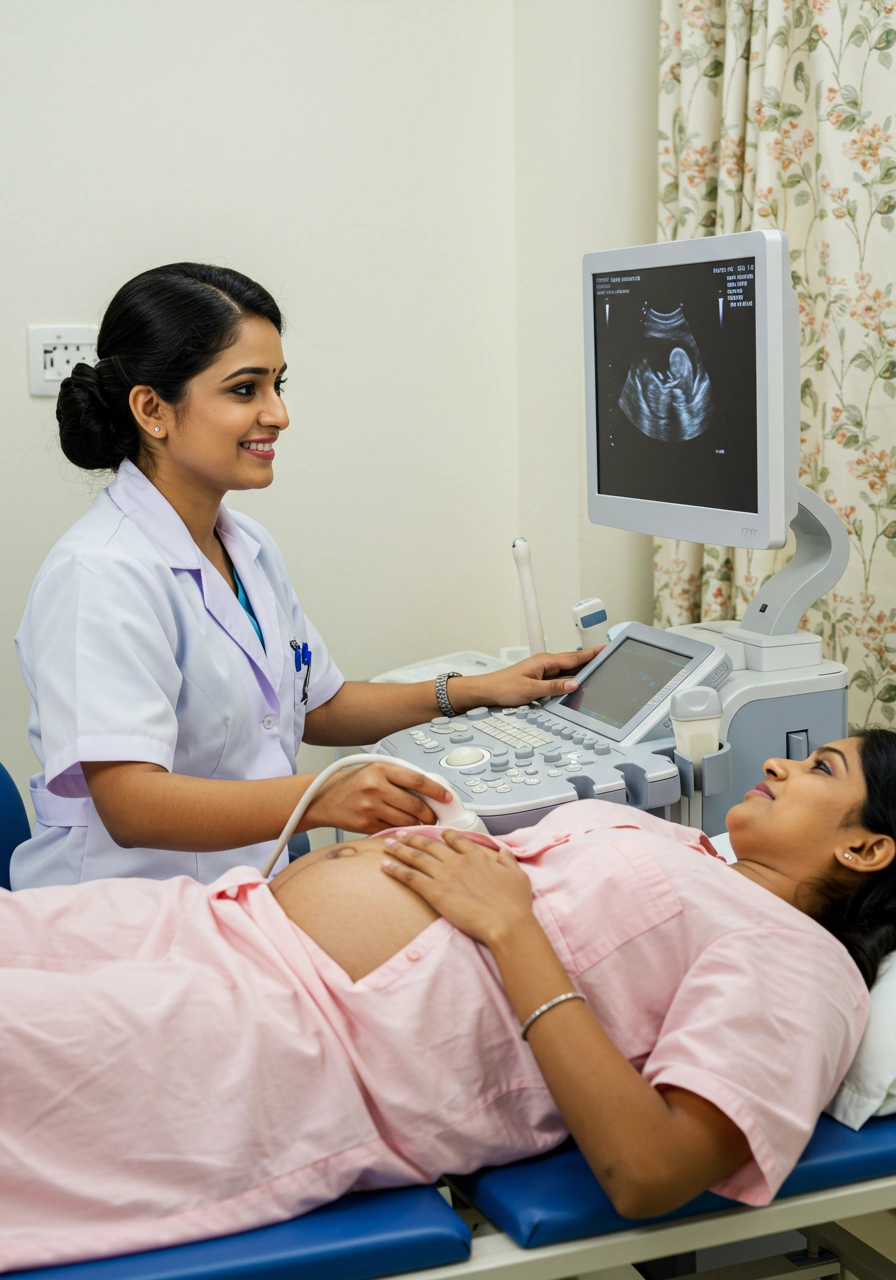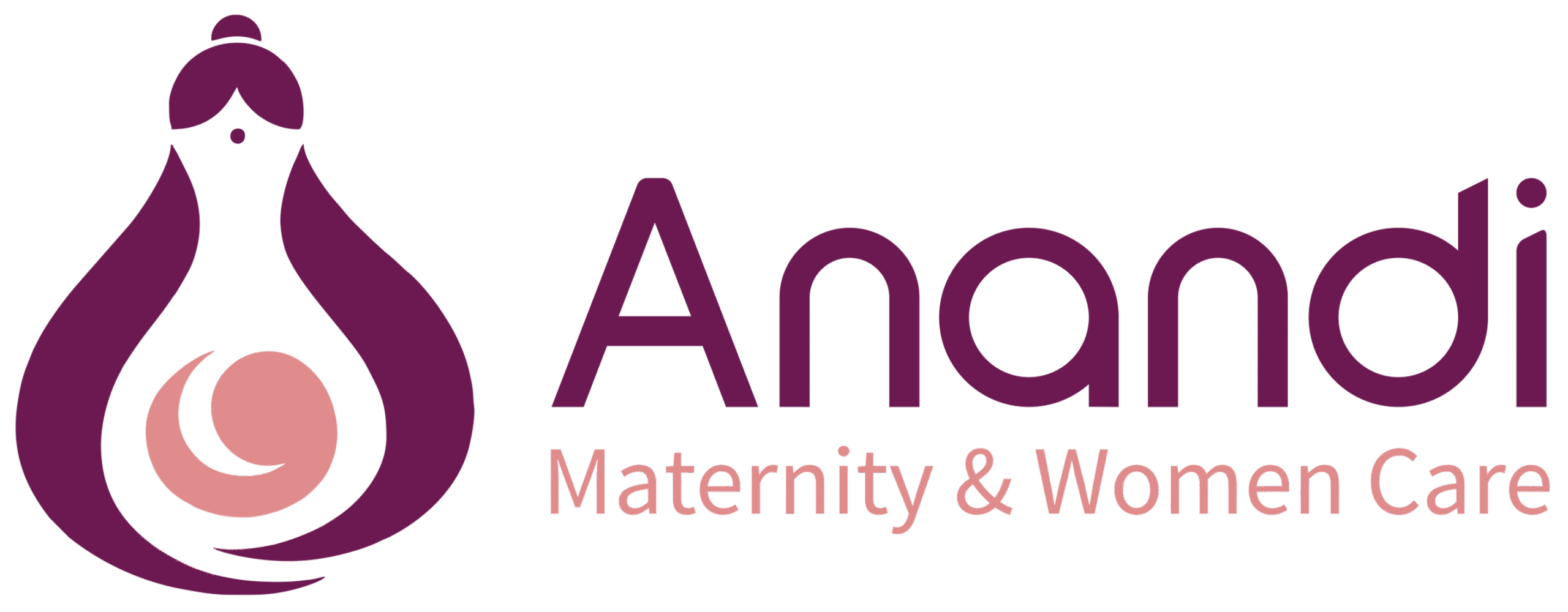Understanding Normal Delivery
Normal delivery, also known as vaginal birth, is the natural process of childbirth without the need for surgical intervention. Here’s a step-by-step look at what happens during a typical normal delivery:
Onset of Labor
Normal delivery begins with the onset of labor, marked by regular contractions that gradually increase in strength and frequency. These contractions, alongside cervical dilation and effacement (thinning of the cervix), signify the body’s natural progression towards birth. The length of labor can vary widely, depending on the mother’s body and health.
The Stages of Labor
- First Stage: Labor officially begins with the first stage, lasting until the cervix is fully dilated at 10 centimeters. Contractions become more intense, helping the cervix open and allowing the baby to pass through.
- Second Stage: The second stage starts once full dilation is reached and continues until the baby is born. During this stage, mothers experience an urge to push, aiding the baby’s descent through the birth canal.
- Third Stage: The final stage involves the delivery of the placenta, often called the afterbirth, following the baby’s birth. Mild contractions continue as the placenta separates and exits the mother’s body.
Pain Management Options
Many mothers worry about labor pain, but several effective pain management options are available, ranging from breathing and relaxation techniques to medical interventions like an epidural. Hydrotherapy, such as water birth, can also help mothers find relief in a calming environment.
Support and Care
Having continuous support from midwives, obstetricians, and loved ones can positively impact the childbirth experience. Studies have shown that emotional and professional support helps mothers feel more empowered and less stressed, contributing to a smoother labor process.
Benefits of Normal Delivery
Normal delivery offers several advantages:
- Shorter Recovery Time: Since it doesn’t involve surgery, recovery is usually quicker.
- Health Benefits for Mother and Baby: The natural process aids in early skin-to-skin contact, which promotes bonding and breastfeeding, benefiting both mother and newborn.
- Lower Risk of Surgical Complications: With no incisions, the risk of infections and complications from surgery is minimized.
Understanding C-Section (Cesarean Section)
A cesarean section, or C-section, is a surgical procedure in which the baby is delivered through an incision in the mother’s abdomen and uterus. Typically recommended when complications arise, this method can be planned or performed as an emergency measure.
How a C-Section Works
Performed under anesthesia, a C-section involves making incisions in the abdomen and uterus to deliver the baby. The procedure is commonly advised when a normal delivery poses risks to the mother or baby, such as in cases of fetal distress, abnormal positioning, or health conditions like hypertension or diabetes.
Benefits of C-Section
- Planned Timing: For mothers who require or choose a scheduled delivery, a C-section offers a controlled timeline, which can reduce stress and ensure the necessary medical staff are available.
- Avoidance of Labor Pain: A significant advantage for mothers with certain health conditions, a C-section may offer a safer alternative without enduring labor contractions.
- Essential in Emergencies: In cases where the baby or mother’s health is at risk, a C-section is often the quickest and safest way to ensure a safe birth.

Considerations
- Longer Recovery: Because a C-section is a major surgery, the recovery period is typically longer than that of a normal delivery.
- Surgical Complications: Like all surgeries, C-sections carry risks such as infection, blood loss, and complications in future pregnancies.
- Potential Impact on Future Deliveries: Multiple C-sections can increase the likelihood of additional surgical deliveries in subsequent pregnancies.
Factors Influencing the Decision Between Normal Delivery and C-Section
Several factors can influence the choice of delivery method:
- Maternal Health: Conditions like high blood pressure, diabetes, or infections may make a C-section the safer option.
- Fetal Health: Issues like fetal distress or abnormal positioning often influence the decision to opt for a C-section.
- Previous Deliveries: A history of C-sections or prior complications may impact the recommended delivery method.
- Hospital Facilities in Aurangabad: The availability of resources, including emergency care, skilled professionals, and patient-centered services, can also guide the decision-making process.
Making the Decision in Aurangabad
In Aurangabad, choosing between a normal delivery and a C-section often comes down to a combination of medical advice and personal preference. Consulting with a trusted healthcare provider, such as an obstetrician, is crucial. They can evaluate your health, discuss your preferences, and offer insights tailored to your unique needs.
Hospitals like Anandi Hospital in Aurangabad provide comprehensive maternity services to support both normal and cesarean deliveries, ensuring a personalized approach for expectant mothers.
